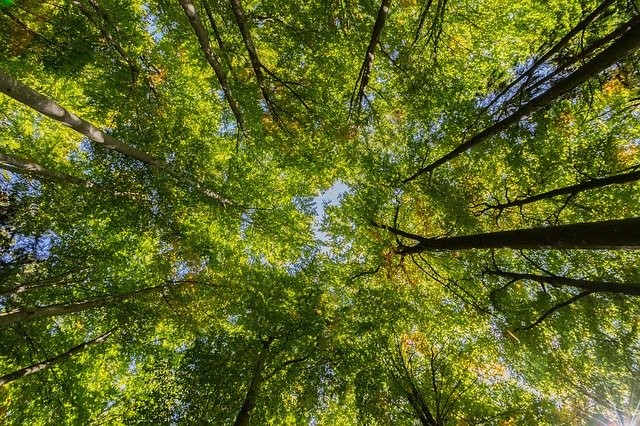
A new Philadelphia study has linked the increase in the growth of tree canopy to a lowered incidence of human mortality. This was the first health impact assessment in the city to estimate the effects of tree canopy growth on mortalities in the city's human population.
It suggested that an increase in tree canopy cover can prevent 271 up to 400 premature human deaths each year. This was the finding of the research team led by the US Department of Agriculture Forest Service social scientist Michelle Kondo, who is a researcher based in Philadelphia. Together with her colleagues, they conducted the study, which showed how increased green space could lower both the morbidity and the mortality in urban human populations, specifically in areas having a lower socioeconomic status. Incidentally, these are also the areas where the volume of tree canopies is usually the lowest.
Kondo's study is entitled, "Health impact assessment of Philadelphia's 2025 tree canopy cover goals," and was published in The Lancet Planetary Health journal. It focused on the possible impact caused by Greenworks Philadelphia, which is a city plan for increasing the volume of the tree canopy to 30% all over Philadelphia by the year 2025, on the rate of human mortality.
This is among the first analyses that estimated how many deaths can be prevented as they relate to air pollution, physical activity, heat, exposure to green spaces, and noise pollution. The study used a tool that was developed in Switzerland and Spain by public health researchers. This tool is known as the Greenspace-Health Impact Assessment.
The research team worked to arrive at an estimated number of preventable deaths per year as they relate to the projected increase in the tree canopy cover over the city from the year 2014 to 2025. They made three different scenarios where green space is increased in Philadelphia.
The team found that if the tree canopy in every neighborhood in the city is increased to the 30% goal envisioned by Greenworks, deaths each year would be fewer by 400. In addition, even if the percent goal is not attained, any level of increase in the canopy cover will still result in fewer human mortalities.
In areas with no trees increased their canopy cover by 5%, the team found that it could cause reduced mortality of 302 all over the city. Meanwhile, if the cover is increased by 10% across Philadelphia, this will have a consequent reduction of an estimated 376 human deaths.
Kondo states that their study strengthens the idea that an increase in canopy cover due to greening efforts in the city has a significant benefit. Even if these benefits are relatively low and modest, they can still contribute to the promotion of human health as well as more savings and less cost for the city government and its people.
Today, the tree canopy cover in the city is roughly at the 2 to 88% range, averaging about 20% canopy cover coverage. This is based on data from the year 2014.
Kondo says that despite the coronavirus pandemic, it is still worthwhile to take the time to go outside and stroll or exercise in the forests and parks in the area. This is a crucial aspect of our health, both physically and mentally.
© 2026 NatureWorldNews.com All rights reserved. Do not reproduce without permission.





